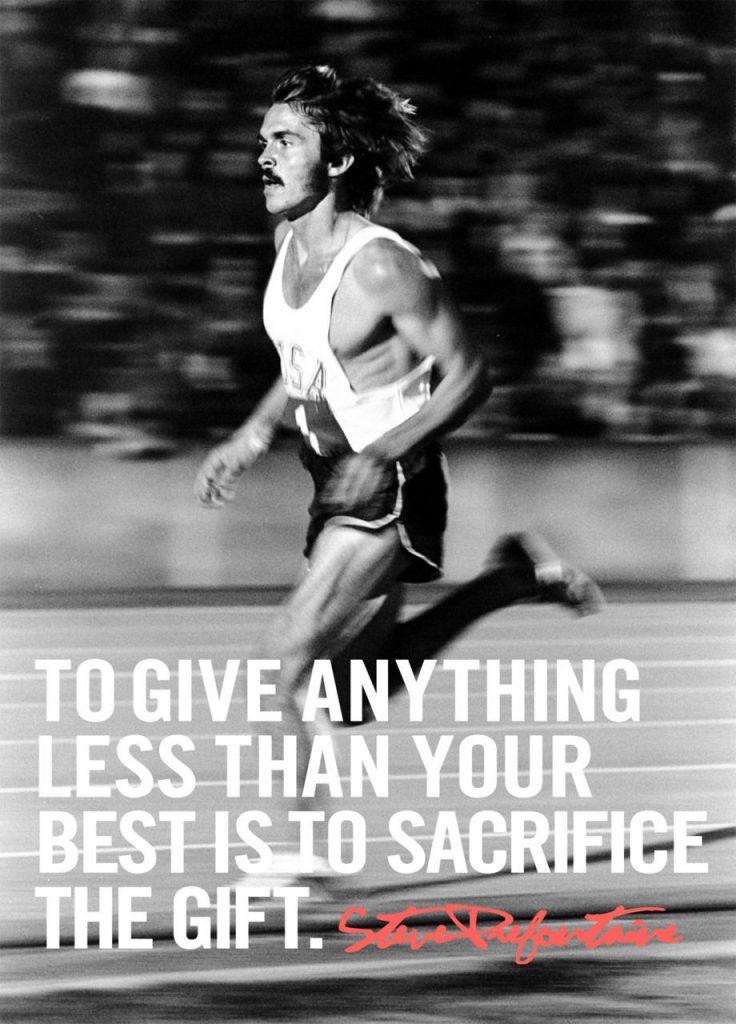August 8 2019
Running is fast becoming a popular form of exercise for people of all ages. In fact, recent research suggests that the number of people running for exercise has doubled since the mid 2000’s.
Running has an almost endless list of benefits but unfortunately, around half of adults who run regularly will get injured each year. Fortunately, there are some simple tips to try and stay injury free and running year after year. Read on for the Mitcham Rehab and Marion Sports Physio running tips;
Ensure you have good footwear
Having the right equipment for any exercise is a basic principle of injury prevention. Having the right shoe is important. Shoes should still have good support and cushioning and be comfortable throughout your run. Have a look at the heel and see if it still holds if you push your thumbs into it. Have a look at the wear and tear on the sole. If you think they look a bit worn it’s probably worth taking them to be checked out. Making sure you have the right start with your feet when they hit the ground is a key to staying pain free and continuing to run.
Avoid large increases in your running volume
Most running injuries are caused by training load errors. People who are just starting commonly increase how much they are running too quickly. Other experienced runners commonly get injured when they want to increase their running volumes and do this too quickly. As a general rule, look to increase your running distance by no more than 10% each week. Another good rule of thumb is to only increase your distance by 10% if you have 2 runs in a row that don’t cause you any pain. Avoid large spikes in your training volumes and you will go a long way to staying pain free.
To start running from scratch, begin with sessions that combine walking and running
Again as a general rule, if you can walk for 30 minutes without getting pain then you are pretty safe to incorporate some running into your sessions. Continue to do 30 minutes worth of walking and add some running into the session. One way is to start with 5 minutes of walking as a warmup. After the warm up, alternate 30 seconds of running and 90 seconds of walking until you have done a total of 30 minutes of exercise. If you handle this well then you can increase your running time or decrease your walking time to run more and more over time.
Running shouldn’t hurt
Like all exercise, running should not make you sore. You have probably heard us say before with other forms of exercise, a small increase in discomfort is ok as long as it settles back to normal within a couple of hours of finishing exercise.
To measure what is an acceptable amount of pain it can help to give it a value. Using the graphic below, it is ok to get to a 2 or 3 out of 10 as a pain level. Any more and you should look to either have a small walk to see if it settles or try another type of exercise for the day.

Apart from a little muscle soreness, you shouldn’t be sore after running. If you are sore the next day, you may be progressing too quickly. Drop the distance back by 10% and increase it again after 2 pain free runs in a row. As much as possible, stay relaxed while you run and enjoy it!
Have a day’s rest between days of running.
Having a day’s rest from running will allow you to see how your body pulls up after a run. Listening to your body and how it feels after any form of exercise can be one of the best guides for how you can tackle your next exercise bout. If you aren’t sore the next day following a run, chances are this is a current acceptable level for you. Depending on your goals you can look to maintain that level or increase it with the principles we have just spoken about.
If you are sore, it doesn’t mean you need to give up! Drop back to your previous pain free level for a few running sessions and try increasing it again when you feel ready.
Enjoy it and have fun!
If you have the right equipment and gradually increase your running volumes you should progress to whatever level you desire. The joys and benefits or running are ready for you all to enjoy. Get out there and enjoy the wonderful world of running!

Get the right shoe for you with advice from Chris Chapman and the experts from The Running Company …
Choosing the right shoe is tough! Check out the video below where Chris from the Running Company takes Sam through his paces to choose the best shoe for him …



